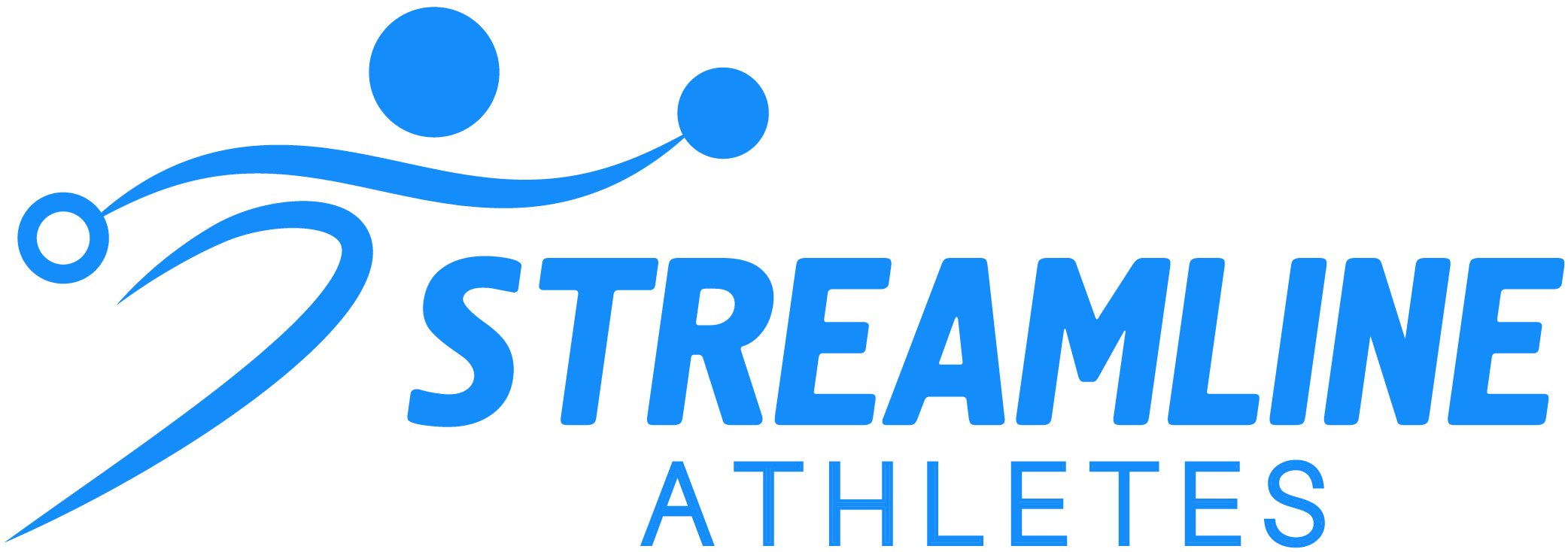What Google’s AI Gets Wrong About NCAA Division I Track and Field Recruiting (and What You Actually Need to Know)
A recent Google AI Overview provided inaccurate advice about NCAA Division I track and field recruiting. In this article, we explain what it got wrong, and what student-athletes, families, and coaches really need to know about getting recruited in 2025 and beyond.
If you’re a high school track and field athlete (or the parent/guardian of one), you’ve probably searched for advice about how NCAA Division I recruiting works and what it takes to get noticed by coaches.
I recently typed “How do I get recruited for D1 track and field?” into Google, and the AI Overview that appeared gave an answer that sounded confident… but was mostly wrong.
Let’s break it down.
The AI Overview appeared to pull from sources like NCSA and Scholar Champion Athlete Recruiting, neither of which specialize in track and field. I speak with college track and field coaches (the real people recruiting student-athletes and making scholarship decisions) as well as student-athletes and parents/guardians from all over the world on a regular basis. This article sets out to correct the false information Google fed me.
Below is an annotated version of Google’s AI Overview for the search query, “How do I get recruited for D1 track and field?” (as it appeared on July 21, 2025). My corrections to the misinformation are in bold.
Breaking Down the Misinformation
Do You Need A Track & Field Recruiting Video?
Google’s AI Overview (and search results) may also yield results that suggest you need a “compelling highlight video” in order to be recruited, when in fact, this is not the case. Unfortunately, Google’s AI pulls in results from websites like NCSA, which applies blanket advice for all college sports recruiting to track and field/cross country recruiting, and Stack Sports, which offers this guidance as a tactic to get you to purchase their highlight video editing for $99 (USD).
Put frankly, you do not need a highlight video. See our in-depth article on recruiting videos for track and field here.
Key Takeaways for Track & Field Recruits
- Your personal bests and event versatility matter more than rankings and highlight videos.
- Many athletes are recruited without competing at national meets.
- Coaches value verified performance data over medals or hype.
- Walk-on opportunities are shrinking due to new NCAA roster caps.
- You need to know where you fit and focus your outreach accordingly.
We built Streamline Athletes to help student-athletes from all over the world be recruited - specifically for track and field/cross country. This is what I have dedicated my professional life to.
So, it’s important to me that high schoolers and their families find accurate information when it comes to learning about recruitment.
Questions? Email us at support@streamlineathletes.com.
Looking for personalized advice? Book your 1:1 recruitment advisory session with me here (and don’t forget to use code BM10 for 10% off).
Related Articles from Streamline Athletes
- One Big Tip for High School Track & Field Athletes Targeting NCAA Division I Recruitment
- Navigating standardized tests: A guide to the SAT and ACT for student-athletes
- NCAA Roster Size and Scholarship Changes in Track & Field/Cross Country (2025)”
- Recruitment timeline for track and field student-athletes: How to start your recruiting journey and when to do it
- Do You Really Need a Recruiting Video for Track and Field or Cross Country?
Processing your application
There was an error sending the email, please try again

